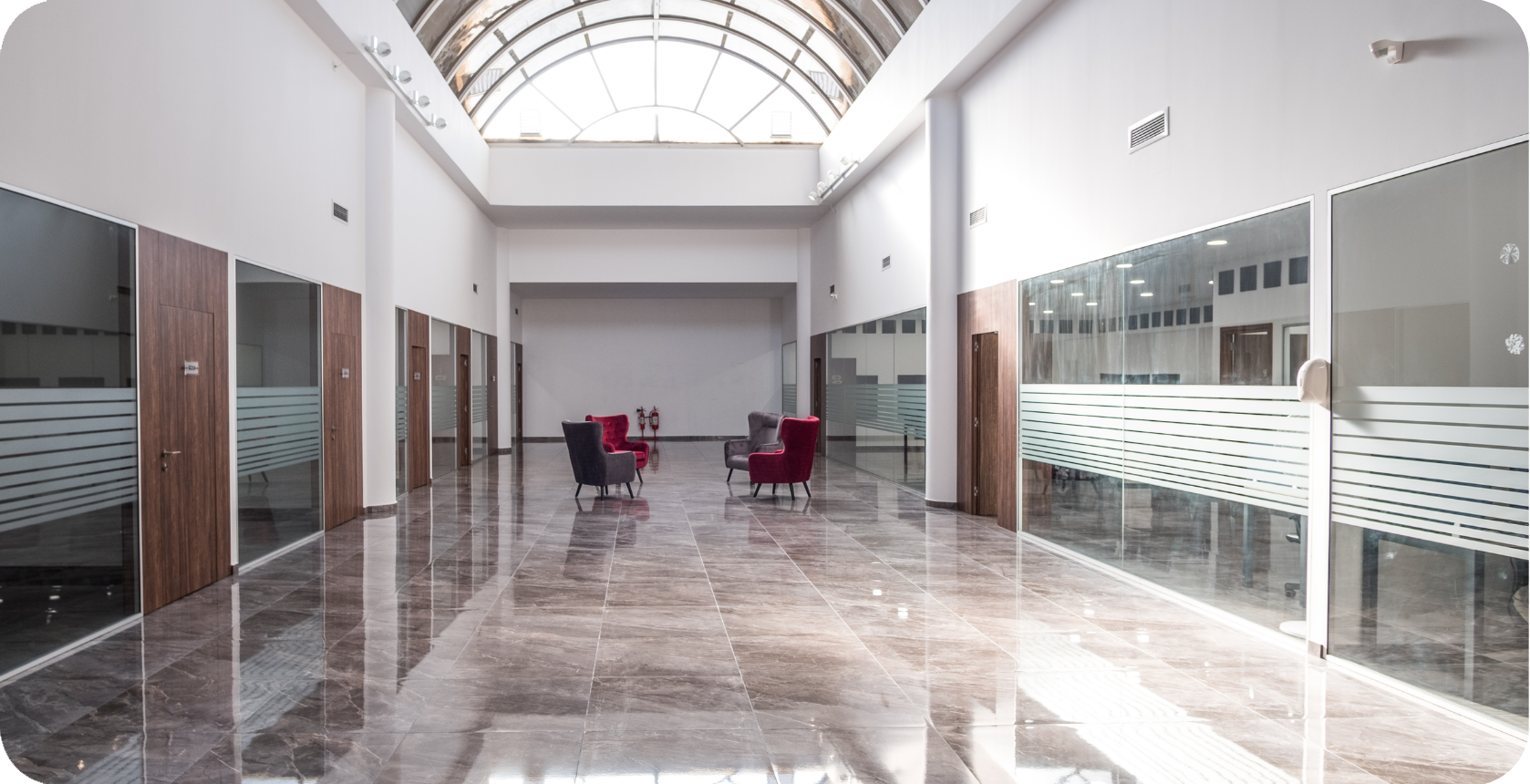
UNICAF University sought an advanced HVAC solution to meet the diverse cooling and heating needs of its multi-zone campus. Selecting AUX VRF systems, the university aimed to overcome challenges like long-distance piping and varying elevation differences while ensuring comfort and efficiency.
Client: University Project – UNICAF
Floors: 1
HVAC System: 280KW utilizing AUX ARV6 Modular Systems
Indoor Units: 34 * 9KW AUX ARV6 Cassette type with roundflow panel
Control System: Central Controller for zone monitoring and weekly timer
Additional Requirement: Integration of 6400 cum3/hr HRV systems for fresh air supply
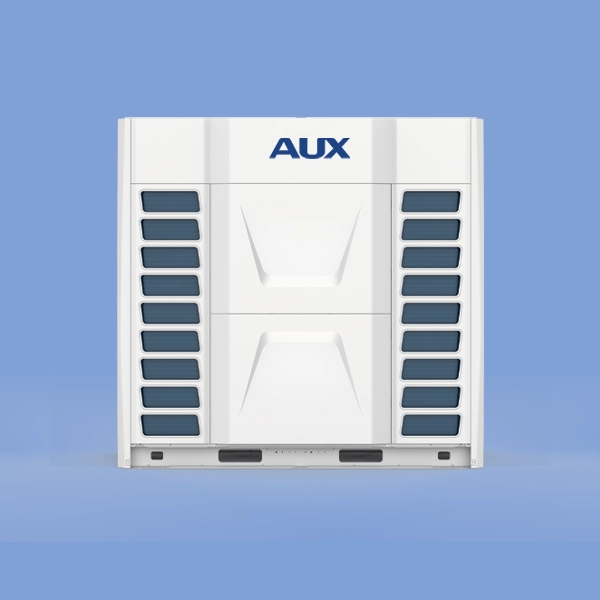
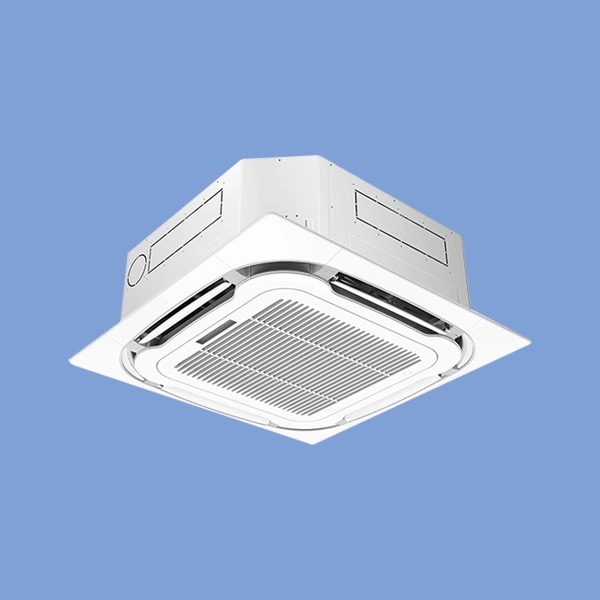
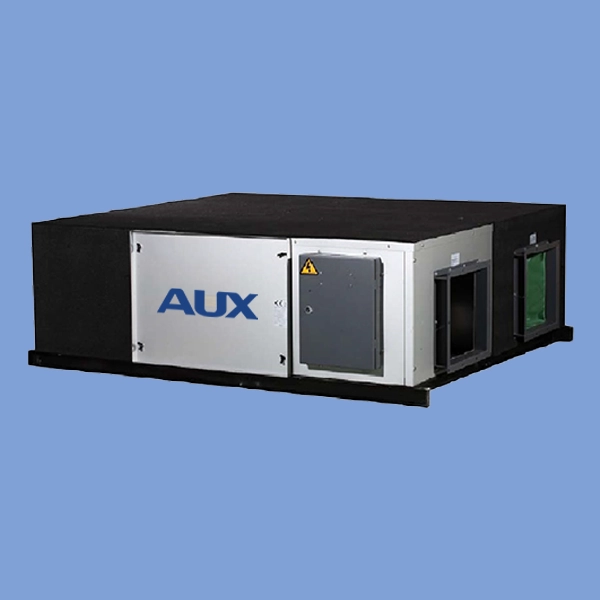
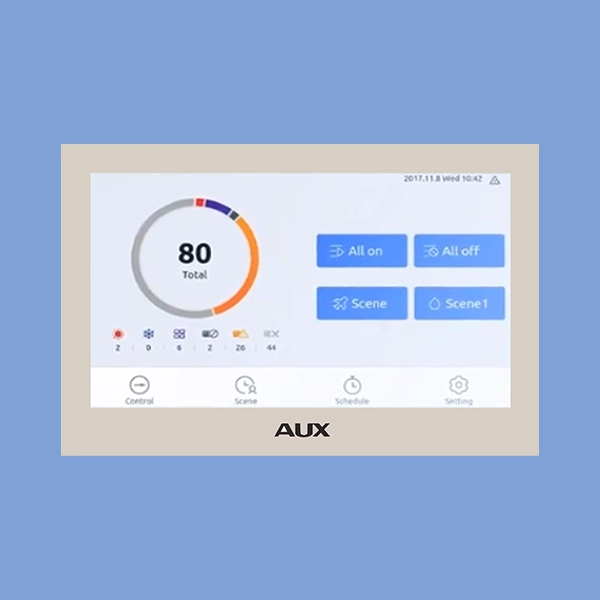
Challenges Faced:
Multi-Zone Cooling & Heating: UNICAF University’s campus demanded a versatile HVAC solution to adapt to varying environmental needs across multiple zones. Long-Distance Piping: Logistical hurdles arose as the outdoor unit (ODU) was positioned approximately 80 meters away from the first branch pipe, impacting system efficiency and performance. Significant Elevation Differences: Maintaining consistent performance became a challenge due to varying elevation levels, including instances where the ODU was both above and below indoor units (IDUs).
Solution Implemented:AUX VRF systems, equipped with DC inverter control and sub-cooling circuit technology, were chosen to address UNICAF University’s requirements effectively.
Key Features and Benefits:
Modular Design: ARV6 Modular Systems allowed for system expansion or modification to meet evolving needs. Precise Control: The Central Controller enabled efficient monitoring and control of zones, optimizing comfort while minimizing energy consumption. Integrated HRV Systems: HRV systems with ducting provided continuous fresh air supply, ensuring a healthy indoor environment and maintaining HVAC efficiency. Energy Efficiency: AUX ARV6 Modular Systems utilized advanced technologies to deliver energy-efficient cooling and heating solutions, reducing operational costs.
Discussion:
Heat Recovery Ventilation (HRV) systems offer crucial benefits, especially post-COVID. They enhance indoor air quality by continuously supplying fresh outdoor air while removing stale indoor air, crucial for reducing virus transmission. Additionally, HRV systems boost energy efficiency by recovering heat from outgoing air, regulate humidity levels, improve occupant comfort, and ensure compliance with ventilation standards. In the wake of the pandemic, HRV systems have emerged as vital components for maintaining healthy indoor environments and meeting evolving building requirements.
Conclusion:
UNICAF University successfully met its complex HVAC requirements by leveraging AUX VRF systems. The integration of innovative technologies facilitated seamless installation and reliable operation, enhancing comfort and efficiency throughout the campus.